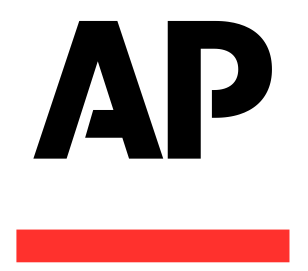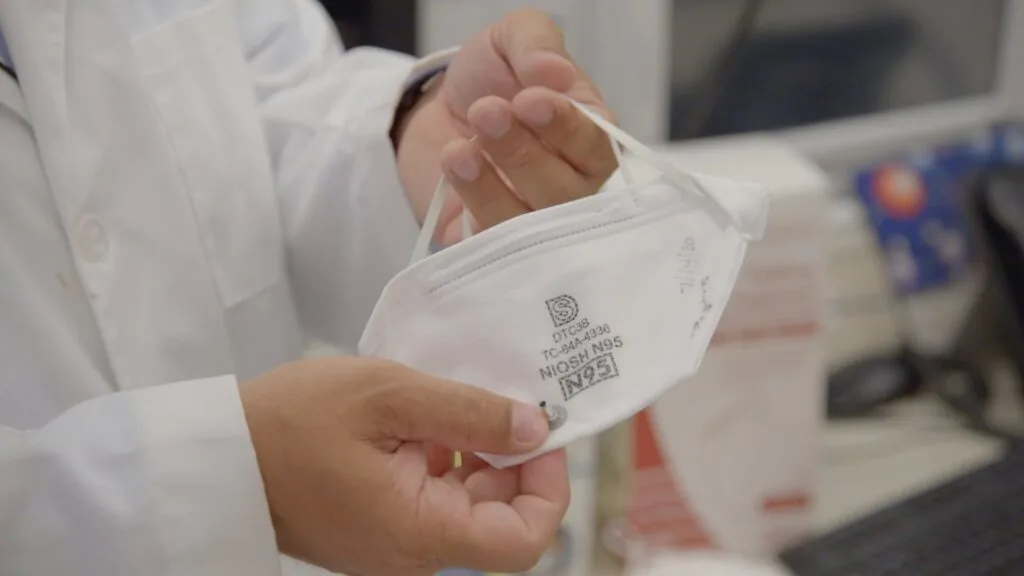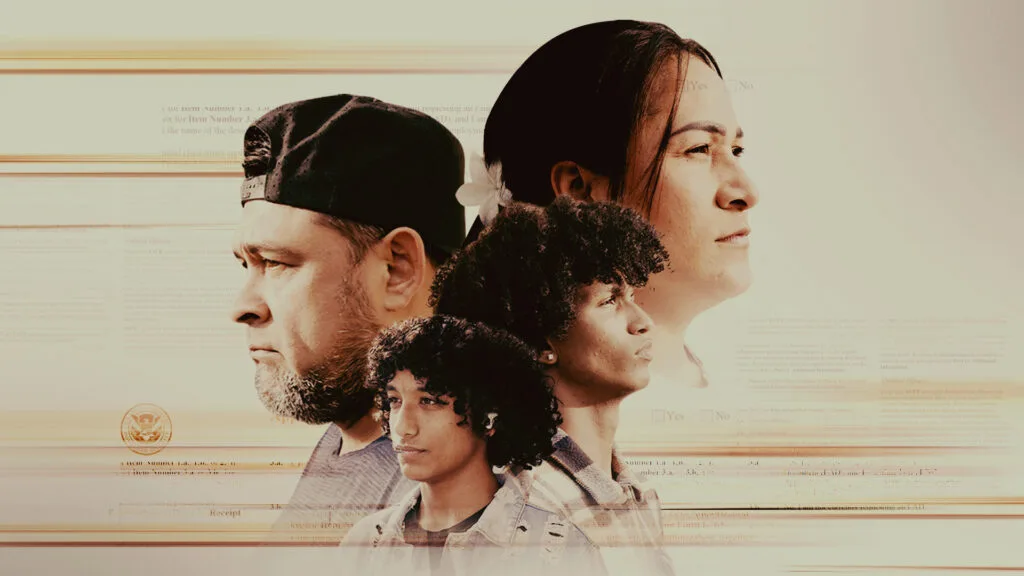Depleted National Stockpile Contributed to COVID PPE Shortage: ‘You Can’t Be Prepared If You’re Not Funded to Be Prepared’
October 6, 2020
Share
When President Donald Trump was diagnosed with COVID-19 last week, he became one of 7.4 million people in America infected by the coronavirus. That number includes around 1,000 health care workers who have died from the virus — some of whom were left without essential personal protective equipment, or PPE.
Why was the U.S. left scrambling for such critical supplies — and why do problems persist now, months into the pandemic?
A new investigative documentary from FRONTLINE, The Associated Press and the Global Reporting Centre offers some answers. Premiering Tuesday, Oct. 6 on PBS and online, America’s Medical Supply Crisis traces unheeded warnings and their deadly consequences.
“This is deplorable,” Ernest Grant, president of the American Nurses Association, says in the film. “When you stop and think that we send soldiers into battle with the equipment that they need, yet we were asking nurses to do the exact same thing, but without the equipment that they needed. There’s a failure in the system. I think those who are in position to ensure that the supply chain was being maintained, they failed us big time.”
Over seven months of interviewing manufacturers and government officials, analyzing records and tracking key medical supplies, AP investigative reporters Juliet Linderman and Martha Mendoza, along with producer Peter Klein of the Global Reporting Centre and his team, found missed opportunities to prevent that failure stretching across several presidential administrations — including chances to invest in domestic manufacturing rather than relying on supplies made in China, as well as neglecting to substantially replenish the Strategic National Stockpile, or SNS.
Intended as a fallback for covering medical-equipment needs in times of crises, the SNS is a set of government-run warehouses filled with medical supplies, such as ventilators and N95 respirator masks. The Obama administration distributed those supplies on a mass scale during the 2009 H1N1 pandemic.
“During H1N1, we sent out personal protective equipment that we had stocked for a pandemic influenza event, ahead of a great deal of disease spread, so it was already in place,” Greg Burel, who ran the SNS from 2007 until 2020, says in the above clip from the film. “We showed we could get that material out rapidly, and it could be made available.”
But after H1N1 subsided, neither Congress, the Obama White House, nor the subsequent Trump administration moved to substantially refill the stockpile — leaving a depleted stash of the N95 masks that would prove essential in protecting health care workers in the fight against COVID.
“You can’t be prepared if you’re not funded to be prepared,” Burel says. When asked why the SNS didn’t receive appropriations for fully replacing the stockpile following H1N1, he says: “You’d really have to ask the Congress.”
As the documentary finds, sources both inside and outside the government had raised alarms, pre-COVID, about leaving the nation and its front-line health care workers without a PPE safety net. But in the absence of an acute crisis, fully replenishing the stockpile was not a priority.
“Yeah, Congress does bear a significant amount of responsibility,” says Rep. Michael Burgess (R-TX), a physician elected to office pre-H1N1 and still serving, who has long expressed concerns about pandemic preparedness. “There are always going to be competing budgetary priorities. It’s difficult when you talk to the people in the budget committee to say, ‘These are the dollars we’re going to need to purchase N95 masks.’ I think if we’d had that discussion a year and a half ago, you’d have got a lot of blank stares.”
For the full story, watch America’s Medical Supply Crisis, airing 10/9c Tues., Oct. 6 on PBS stations (check local listings) and streaming now at pbs.org/frontline, in the PBS Video App, and on YouTube. Teachers can find curricular materials and sign up for interactive learning experiences related to this documentary at pulitzercenter.org/USMedicalSupplyCrisis.

Related Documentaries
Latest Documentaries
Related Stories
Related Stories
Policies
Teacher Center
Funding for FRONTLINE is provided through the support of PBS viewers and by the Corporation for Public Broadcasting. Additional funding is provided by the Abrams Foundation; Park Foundation; the John D. and Catherine T. MacArthur Foundation; and the FRONTLINE Journalism Fund with major support from Jon and Jo Ann Hagler on behalf of the Jon L. Hagler Foundation, and additional support from Koo and Patricia Yuen. FRONTLINE is a registered trademark of WGBH Educational Foundation. Web Site Copyright ©1995-2025 WGBH Educational Foundation. PBS is a 501(c)(3) not-for-profit organization.





















